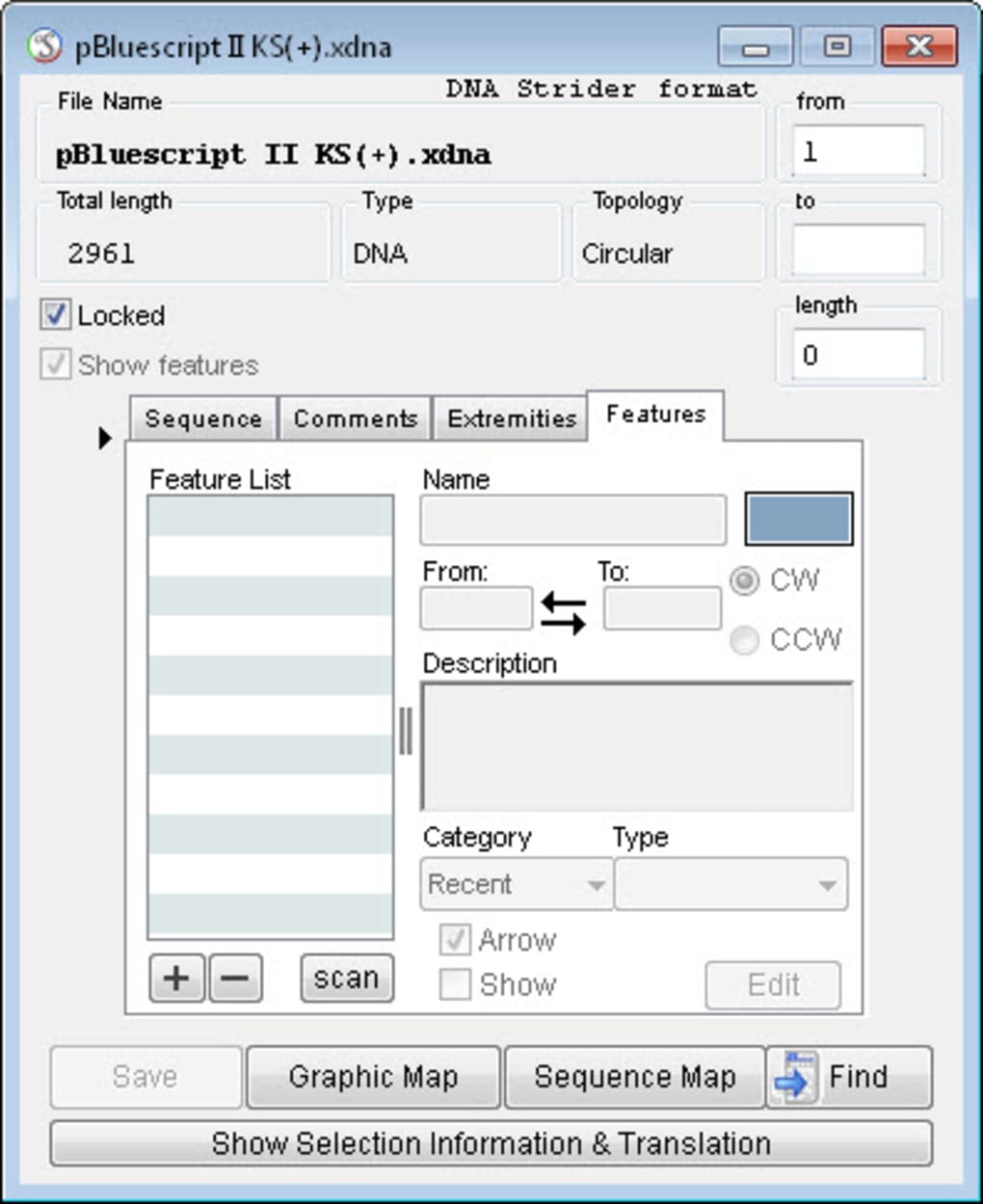

īonfield JK, Whitwham A (2010) Gap5-editing the billion fragment sequence assembly. Nucleic Acids Res 38(Database issue):D46–D51. Protein Eng Des Sel 17(4):349–356īenson DA, Karsch-Mizrachi I, Lipman DJ, Ostell J, Sayers EW (2010) GenBank. J Mol Biol 340:783–795īendtsen JD, Jensen LJ, Blom N, Von Heijne G, Brunak S (2004b) Feature-based prediction of non-classical and leaderless protein secretion. īendtsen JD, Nielsen H, von Heijne G, Brunak S (2004a) Improved prediction of signal peptides: SignalP 3.0. J Mol Biol 215:403–410īader GD, Betel D, Hogue CW (2003) BIND: the biomolecular interaction network database. Bioinformatics 21:3596–3603Īltschul SF, Gish W, Miller W, Myers EW, Lipman DJ (1990) Basic local alignment search tool. Key pointsĪllen JE, Salzberg SL (2005) JIGSAW: integration of multiple sources of evidence for gene prediction. The intent of this article is to compile a list of tools and information resources used by scientists to treat information from the massive sequencing of recent platforms to new generations and the applications of this information in different areas of life sciences including medicine. Recently, sequencing platforms, a large scale of genomes and transcriptomes, have created new challenges not only to the genomics but especially for bioinformatics. The goal is to provide scientists with the right means to explain normal biological processes, dysfunctions of these processes which give rise to disease and approaches that allow the discovery of new medical cures. All this work produces an “ocean” of information that can only be “sailed” with the help of computerized methods.

Bioinformatics combines the methods used in the collection, storage, identification, analysis, and correlation of this huge and complex information. While we have a basic understanding of the functioning of the gene when coding sequences of specific proteins, we feel the lack of information on the role that DNA has on specific diseases or functions of thousands of proteins that are produced.


 0 kommentar(er)
0 kommentar(er)
